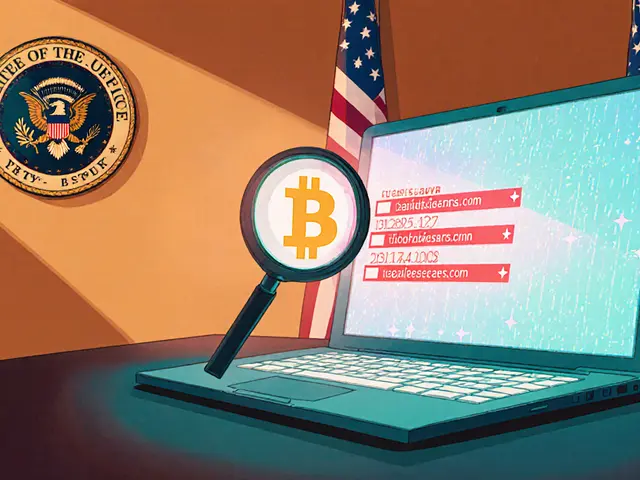Blockchain Standards: What They Are and Why They Matter for Crypto and DeFi
When you send Bitcoin to an Ethereum wallet, or use a gaming NFT across two different apps, you’re relying on blockchain standards, agreed-upon rules that let different blockchains understand each other and share data securely. Also known as blockchain interoperability protocols, these standards are the invisible infrastructure keeping crypto from falling apart.
Without them, every blockchain would be a closed island. Cross-chain bridges would fail, NFTs couldn’t move between games, and DeFi loans would be stuck on one network. But here’s the problem: most standards aren’t official. They’re built by teams racing to get first, not by groups agreeing on what’s safe. That’s why $21.8 billion in illicit funds moved through bridges in 2025—because no one agreed on how to verify those transfers. And why Secret NFTs and soulbound tokens are emerging: they’re attempts to fix privacy gaps in a system built to be public. Blockchain identity isn’t just about usernames—it’s about who owns your data when every transaction is recorded forever.
These standards aren’t just technical—they’re legal, economic, and social. Countries like Vietnam and Bangladesh are banning crypto not because of the tech, but because they can’t control how it moves. India blocks exchanges not because crypto is illegal, but because foreign platforms don’t follow local reporting rules. Even stablecoins like VNX Euro, backed by physical gold, depend on blockchain standards to prove their reserves are real and auditable. If you’re using a crypto exchange, playing a Web3 game, or holding an NFT, you’re already inside this system. The question isn’t whether standards matter—they do. It’s whether the ones we’re using are built to last, or just to get you in the door before they collapse.
Below, you’ll find real cases of what happens when standards fail—or work. From scam exchanges that ignore AML rules to tokens that claim to work across eight chains but have zero trading volume, these posts show the gap between hype and reality. You’ll see how Indonesia and Tunisia handle crypto differently because their governments enforce different rules. You’ll learn why some NFTs can move between games and others can’t. And you’ll find out which blockchain identity tools actually protect your privacy instead of just pretending to.






